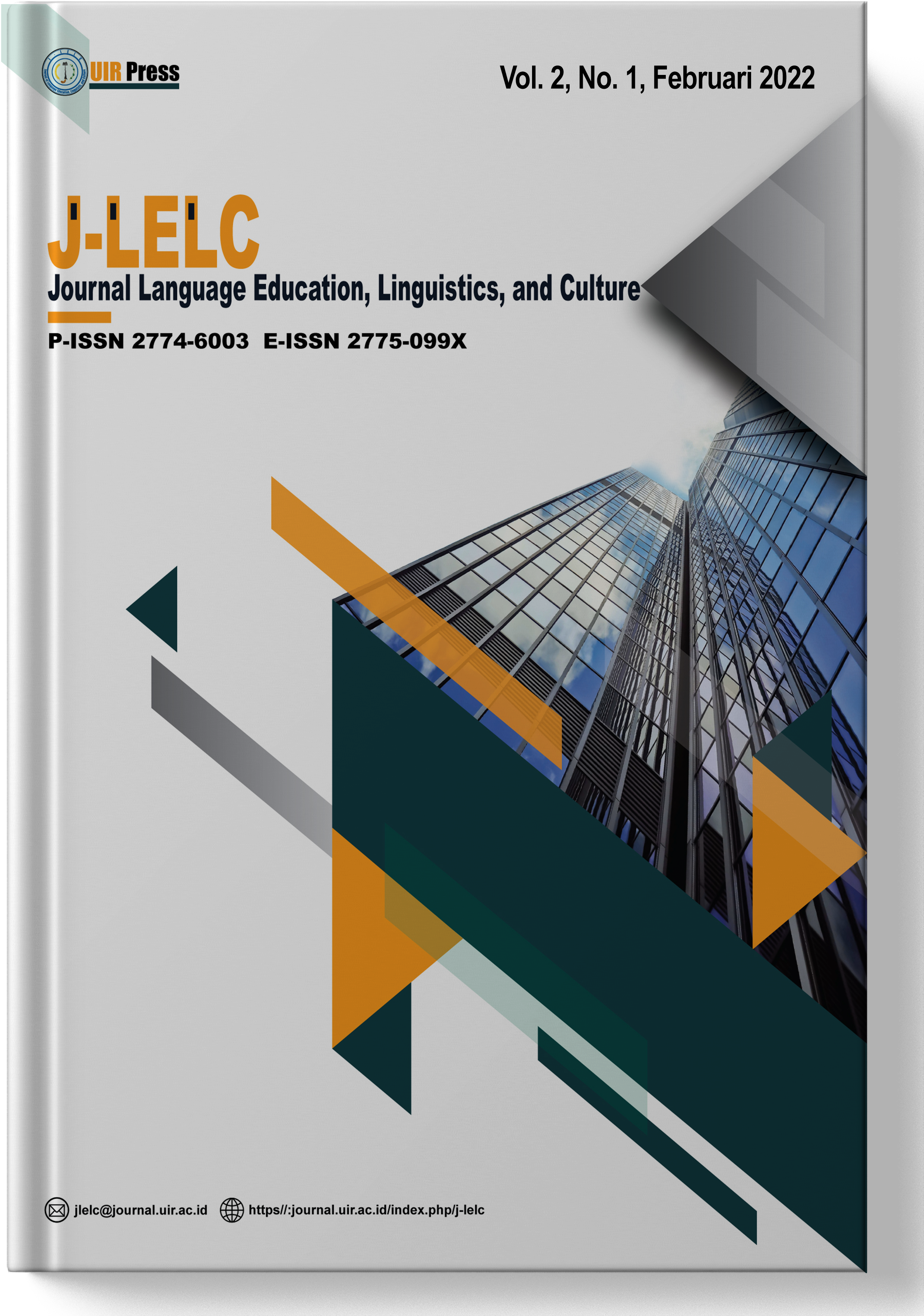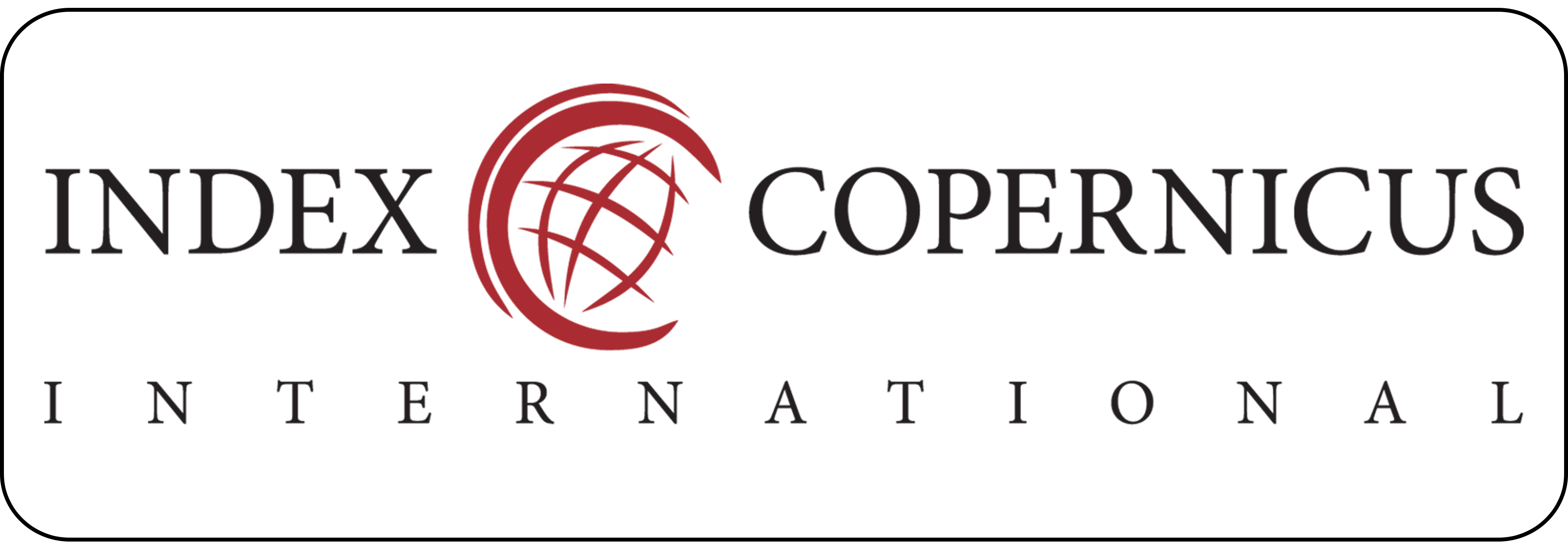Analisis Penulisan Preposisi pada Berita Media Center Kabupaten Indragiri Hilir
DOI:
https://doi.org/10.25299/j-lelc.2022.8022Keywords:
preposition, news, media center.Abstract
The presence of the right preposition in a sentence will lead to attachment both from a grammatical and semantic perspective. If the use of prepositions is not appropriate in the sentence, there will be a blurring of the sentence structure and the meaning of the sentence. This research raises the problem, namely, how is the analysis of prepositional writing on Media Center news in Indragiri Hilir Regency? With a qualitative approach. The technique used is the hermeneutic technique. The theoretical reference in this study is Chaer (2009). From the results of processed data related to the Analysis of Writing Prepositions at Media Center News in Indragiri Hilir Regency, it is known that there are as many as 45 prepositional word data in Media Center News, Indragiri Hilir Regency. In this case, it is also known that the preposition in the sentence used to express "where-is" is placed to the left of the noun which states the actual place. There are as many as 5 prepositional data used to express "where is located". The preposition is placed to the left of the name of the institution or institution. There is as much as 1 inner word data that has one proposition, namely, there is an inner word that shows within a period because it only states the inner preposition which states the preposition where it is located, the place of origin indicator has a prepositional word only from having a total of 11 data. This is the proposition of the place of origin is a preposition that states the place of origin of the noun that follows, for example, the preposition of the place of origin is the preposition of.
























